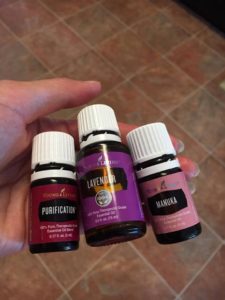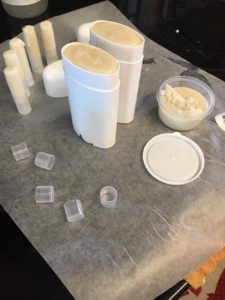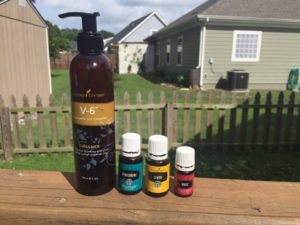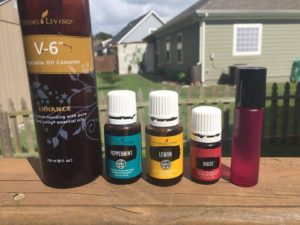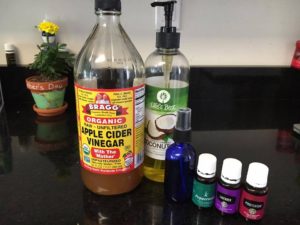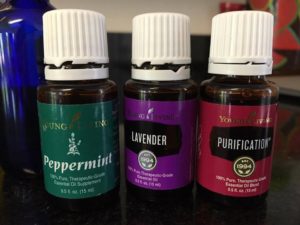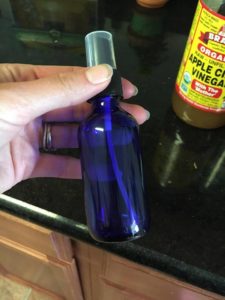ESSENTIAL OILS SAFETY
Essential Oils have been used for thousands of years for cosmetic purposes, as well as for their spiritually and emotionally uplifting properties. Young Living has always been at the forefront of bringing this ancient tradition to modern users, introducing millions to a total mind/body wellness they may never have dreamed possible.
Primarily extracted through careful steam distillation but also through cold pressing, the purest essential oils are far more powerful than the botanicals from which they were extracted. Any time you hold a bottle of our powerful essential oils, you are holding nature’s pure essence.
Essential oils are potent gifts from nature that can often be more powerful than expected. In order to prevent misuse of these precious oils and to ensure that you enjoy their maximum benefit, Young Living Founder D. Gary Young, working with Director of Global Education and Health Sciences Dr. Lindsey Elmore and other product experts on her team, has created this helpful safety guide. Refer to it to learn the basics of essential oil use, how to handle skin sensitivity, and other valuable information.
I’M NEW TO ESSENTIAL OILS. HOW ARE THEY USED?
Young Living labels each bottle of Young Living essential oil with directions for how to use it; these directions vary based on your region. Please consult the product label for appropriate usage directions.
I SEE THE TERM “CARRIER OIL” USED IN SEVERAL PLACES. WHAT IS A CARRIER OIL, WHAT DOES IT DO, AND WHY SHOULD I USE IT?
A carrier oil is a vegetable oil—such as coconut oil, olive oil, or grapeseed oil—that can be used to dilute essential oils. Young Living’s V-6™ Vegetable Oil Complex is an excellent carrier oil for all applications.
Carrier oils ensure that essential oils applied topically are comfortable to the skin. Dilution with a carrier oil does not dilute the effect of the essential oil. In fact, it prevents waste due to excessive application. Look for dilution ratios on Young Living essential oil bottles.
Vegetable shortening, butter, margarine, or petroleum derivatives (such as mineral oil, baby oil, and petroleum jelly) should never be used as carrier oils.
WHERE CAN THEY BE USED??
They CAN be used around your eye and around your ear, but never IN either one of those places. They CAN be used both vaginally and rectally. Yes, I know what you are thinking..gross! But, you will be happy to have this info if you ever need it. The feminine care products on the market are full of TOXIC ingredients and there is another way! You have make homemade personal lubricant and other personal care products using your oils!
WHAT IS A HOT OIL?
“Hot oils” are oils that can cause a hot or warming sensation when applied to the skin. Examples of hot oils and blends include Cinnamon, Clove, Lemongrass, Oregano, Thyme, Exodus II™, and Thieves®. For some people, Peppermint’s cooling sensation can be too intense.
Young Living recommends using a patch test procedure prior to first use. To perform a patch test, apply 1–2 drops of essential oil to a patch of skin such as the forearm. Observe that area of skin over the course of 1–2 hours for any noticeable reaction; however, reactions occur usually within 5–10 minutes. If you experience a hot or burning sensation or develop a rash, add V-6 or another carrier oil to the affected area as often as needed.
WHAT IF I EXPERIENCE SKIN DISCOMFORT OR IRRITATION?
If discomfort or irritation occurs, stop using the essential oil and apply V-6 or another carrier oil to the affected area. If a rash occurs, this may be a sign of detoxification. Drink adequate water to encourage the release and removal of toxins in your body. Toxins present in petrochemical-based soaps and skin care products, detergents, and perfumes may trigger some of the detoxification reactions. Consider discontinuing these agents if a reaction occurs. Before using the essential oil again, perform a patch test (see above under “What is a “hot oil?”) and dilute with a carrier oil as needed.
Be aware that some documents suggest diluting the oil with water, but water actually drives oil into the skin and eyes. Never use water in an attempt to flush the oil off of the skin, as this may increase discomfort. If essential oil gets in your eye, flush with V-6 or another carrier oil as quickly as possible to alleviate any discomfort. If eye discomfort does not subside within 5 minutes, seek medical attention.
CAN ESSENTIAL OILS BE APPLIED TO SENSITIVE AREAS?
Avoid contacting sensitive areas such as eyes, ears, genitals, and mucous membranes with essential oils. If you choose to use the oil in any sensitive area, dilute 1 drop of the essential oil with 5–10 drops of V-6 or another carrier oil.
HOW OFTEN CAN ESSENTIAL OILS BE APPLIED? HOW MUCH DO I USE?
Follow the proper usage instructions printed on each essential oil label. Essential oils are very powerful, so start low and go slow. Excessive use of essential oils may increase the risk for adverse reactions. In most cases, 1–2 drops are adequate, and using more may waste product. Depending on the essential oil, you can gradually build up to 3–4 uses per day, if desired.
CAN ESSENTIAL OILS BE USED ON CHILDREN?
Many essential oils are appropriate for use on children but should be diluted with a carrier oil prior to use. Some Young Living products come prediluted with carrier oil, as indicated on product labels, and are intended for direct application on children.
HOW DOES EXPOSURE TO SUN AFFECT ESSENTIAL OIL USE?
Some essential oils, especially citrus oils, contain natural molecules that react with sunlight (UV light) and cause a sensitivity reaction. Young Living labels the essential oils and oil blends that contain these compounds with a warning to avoid sun/UV light for 12–48 hours after applying. Always use caution when starting to use a new oil. To reduce the risk of sensitivity, use patch testing (see above under “What is a “hot oil?”), dilute, and apply the oil to skin that will not be exposed to sun/UV light. Young Living formulates its beauty and cosmetic products to remove sun-sensitizing agents to reduce the risk of sun sensitivity.
WHAT ABOUT THE USE OF ESSENTIAL OILS IF I HAVE A MEDICAL CONDITION? CAN ESSENTIAL OILS INTERACT WITH PRESCRIPTION MEDICATIONS?
If you have a disease or medical condition or are using a prescription medication, it is recommended that prior to using an essential oil, you consult with a health care advisor who has experience with essential oils. Seek the advice of the prescribing physician and a pharmacist about potential interactions between any medication and essential oils.

